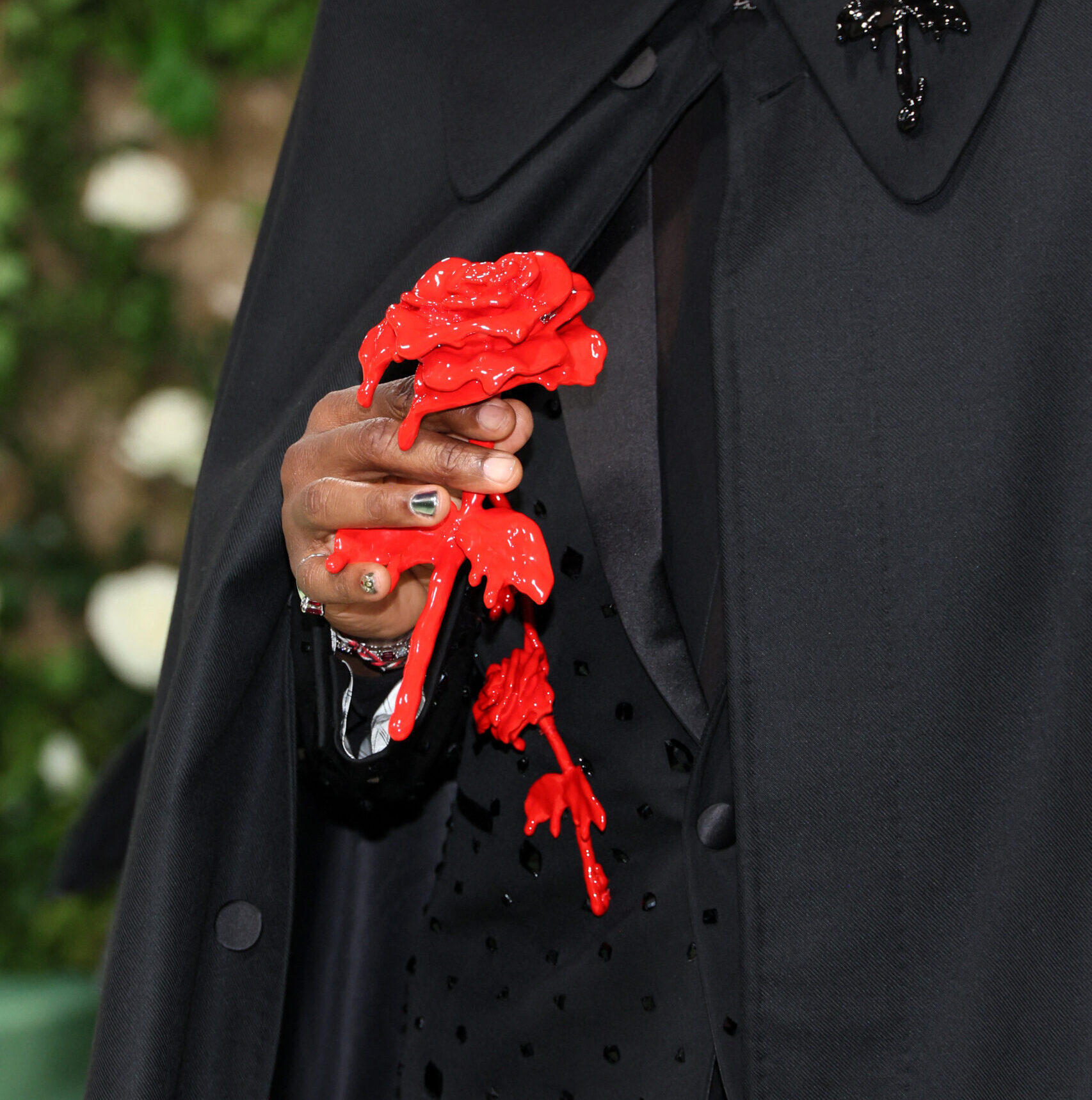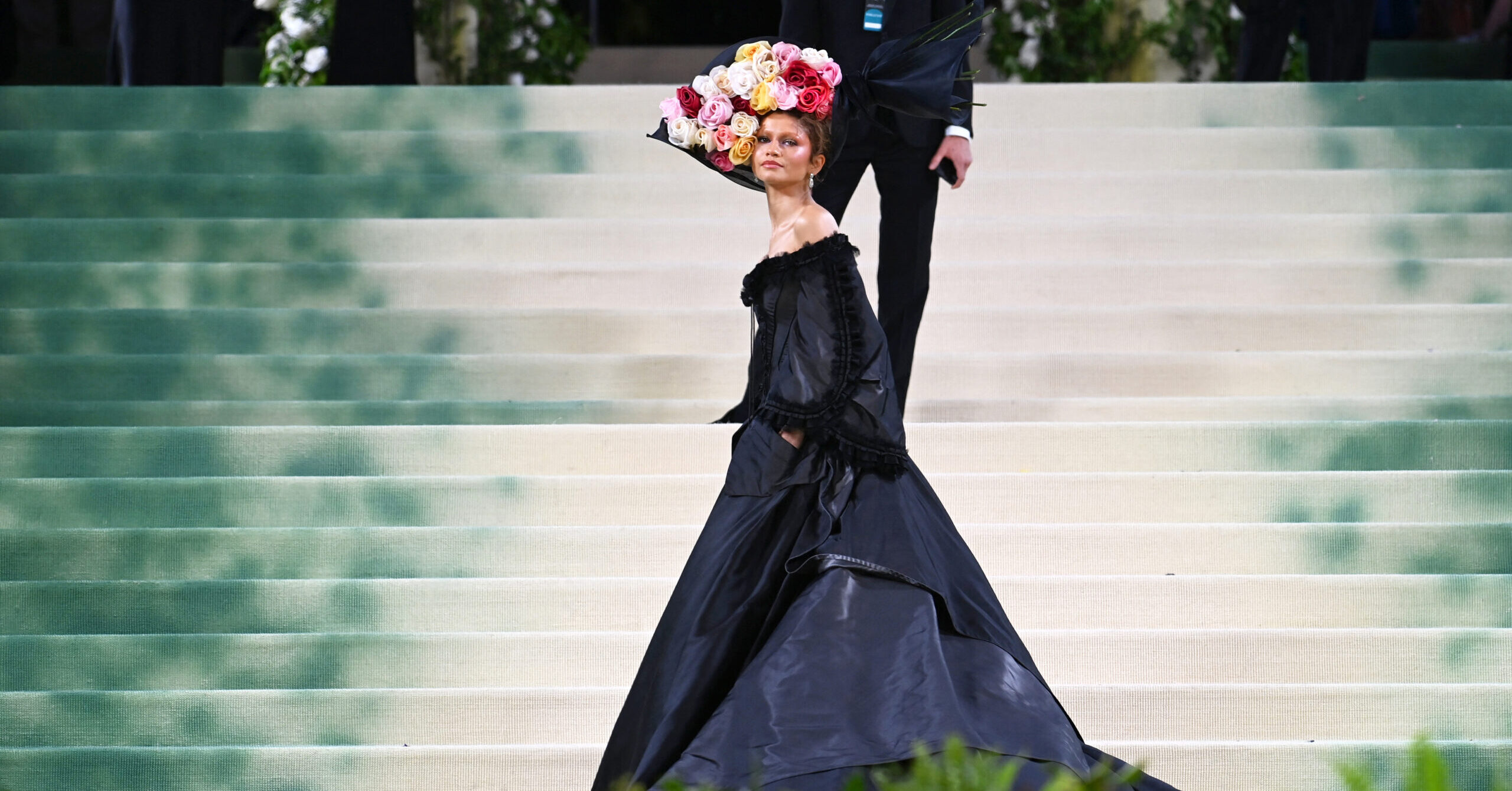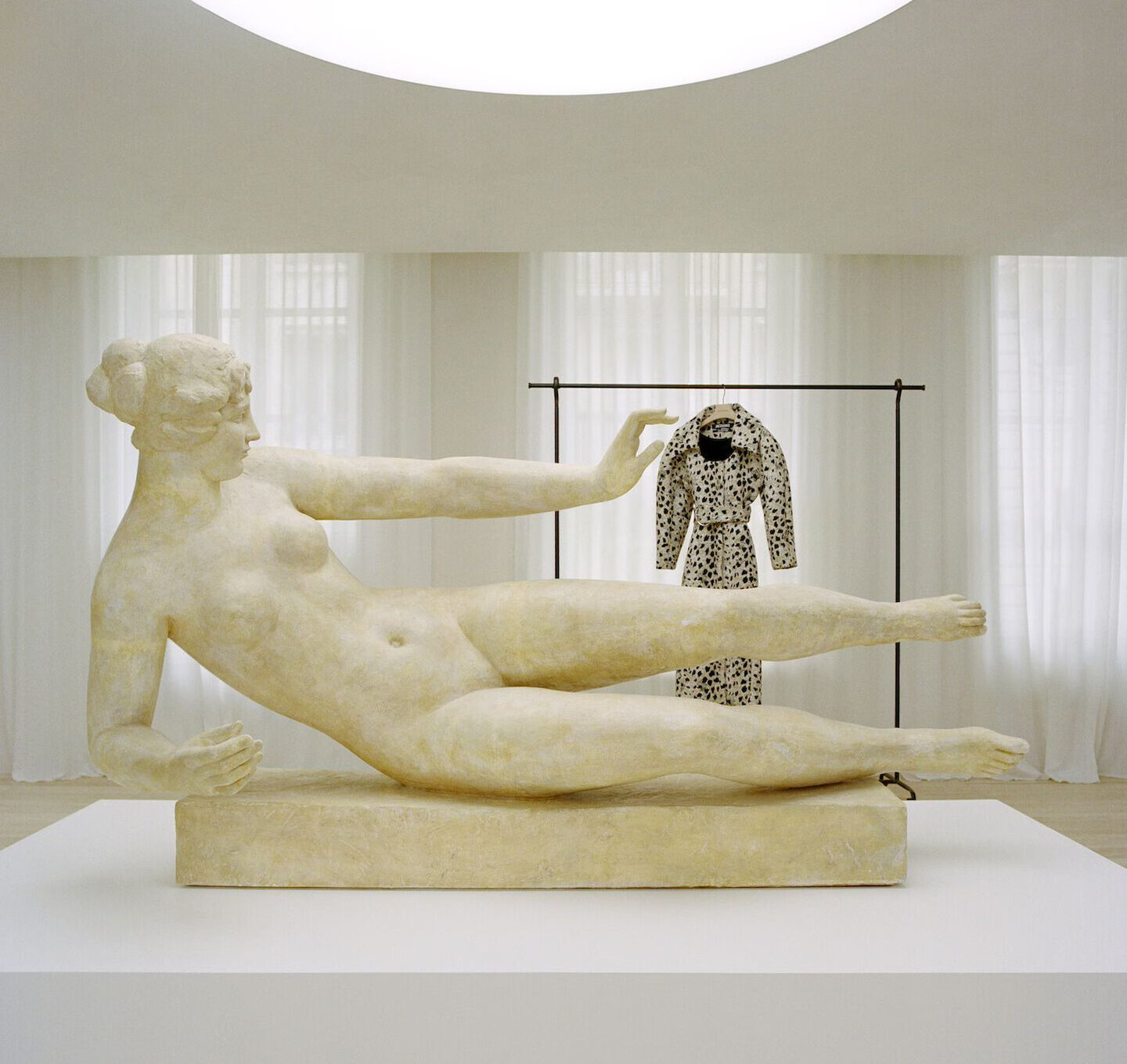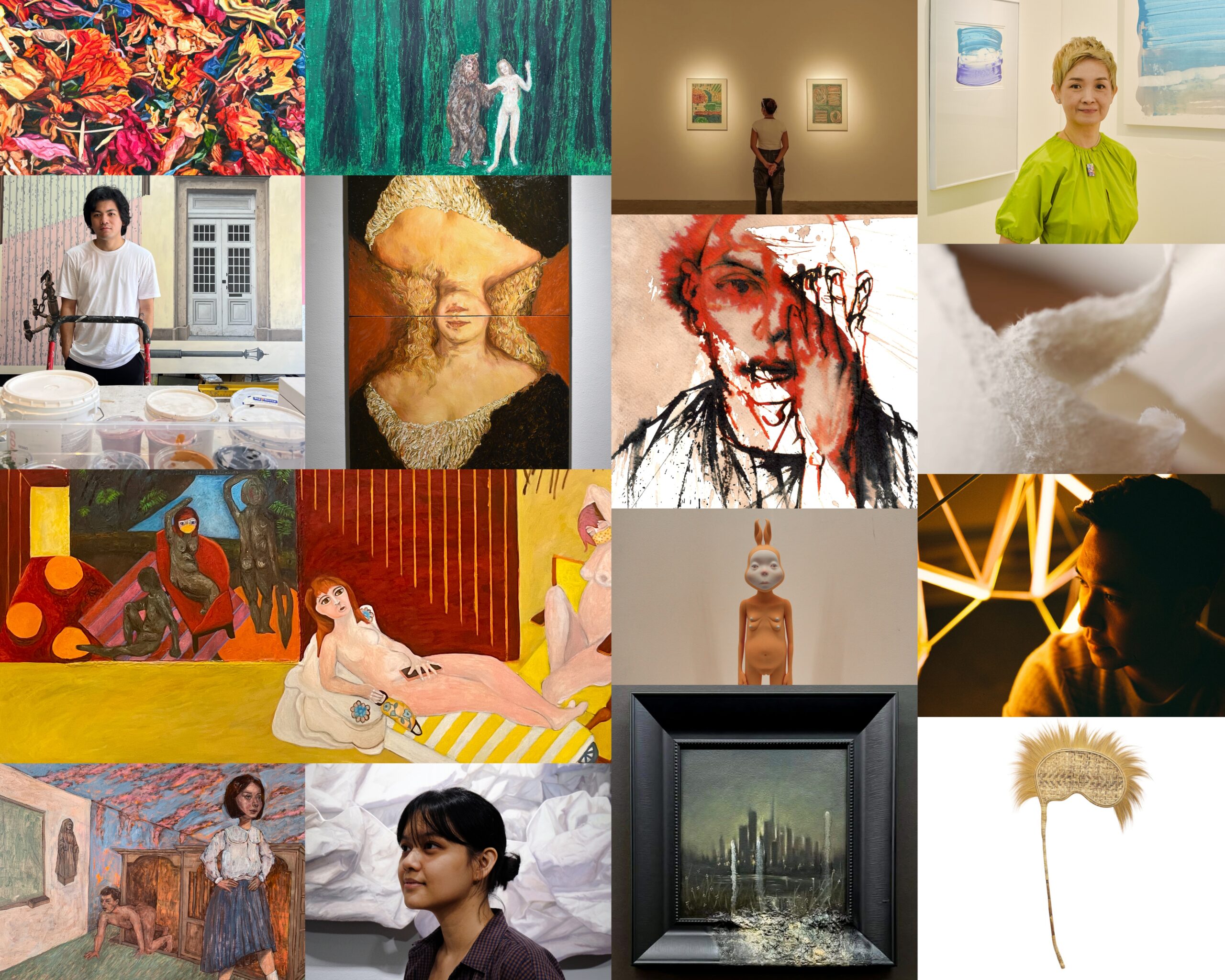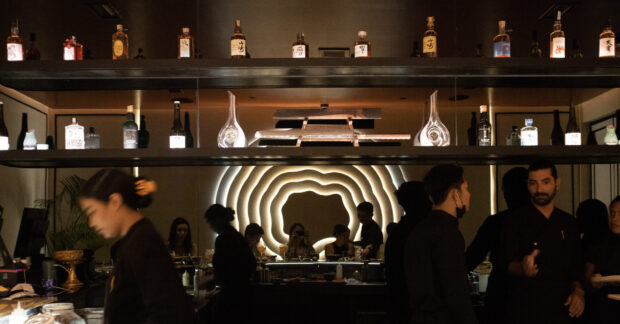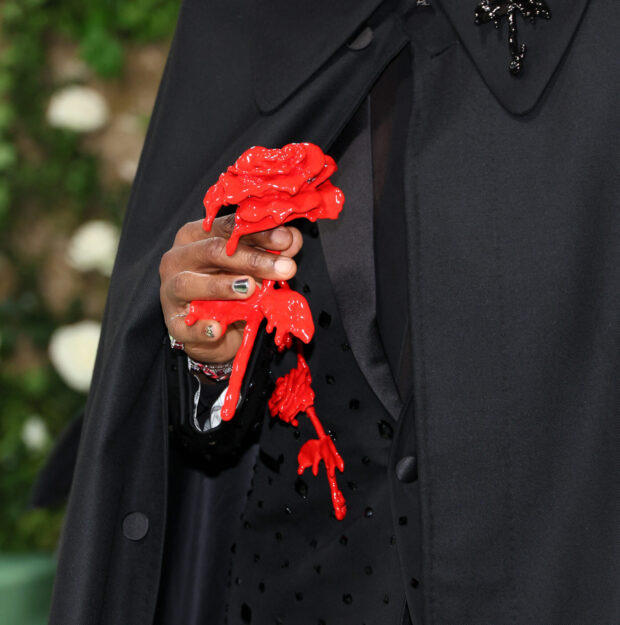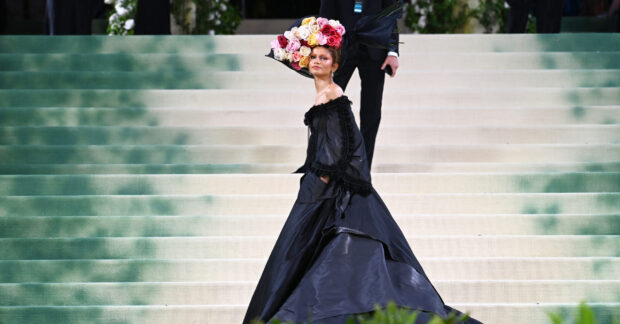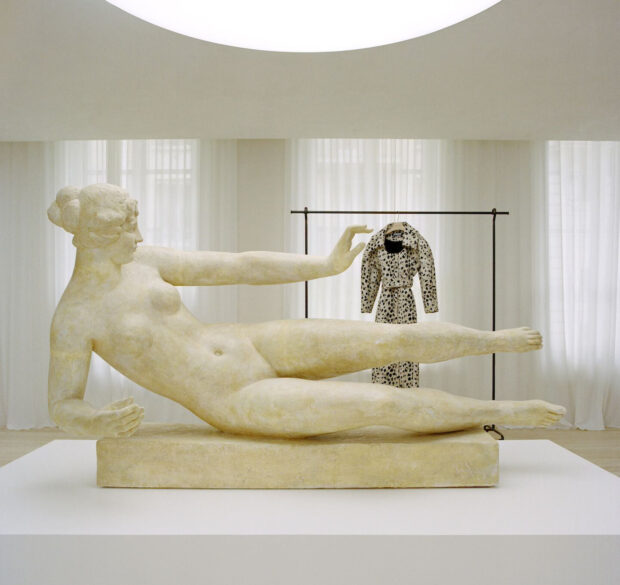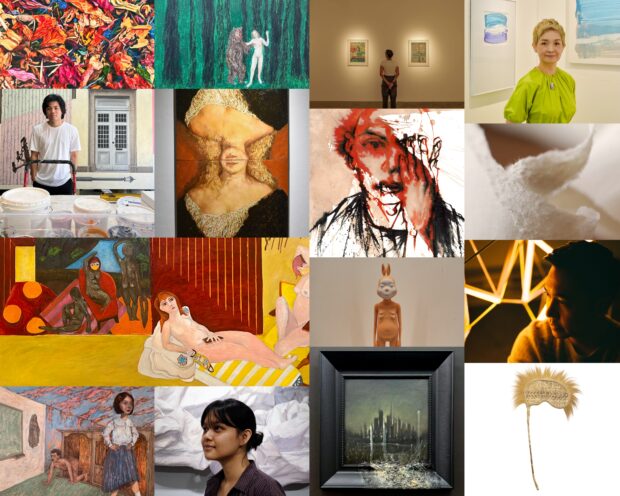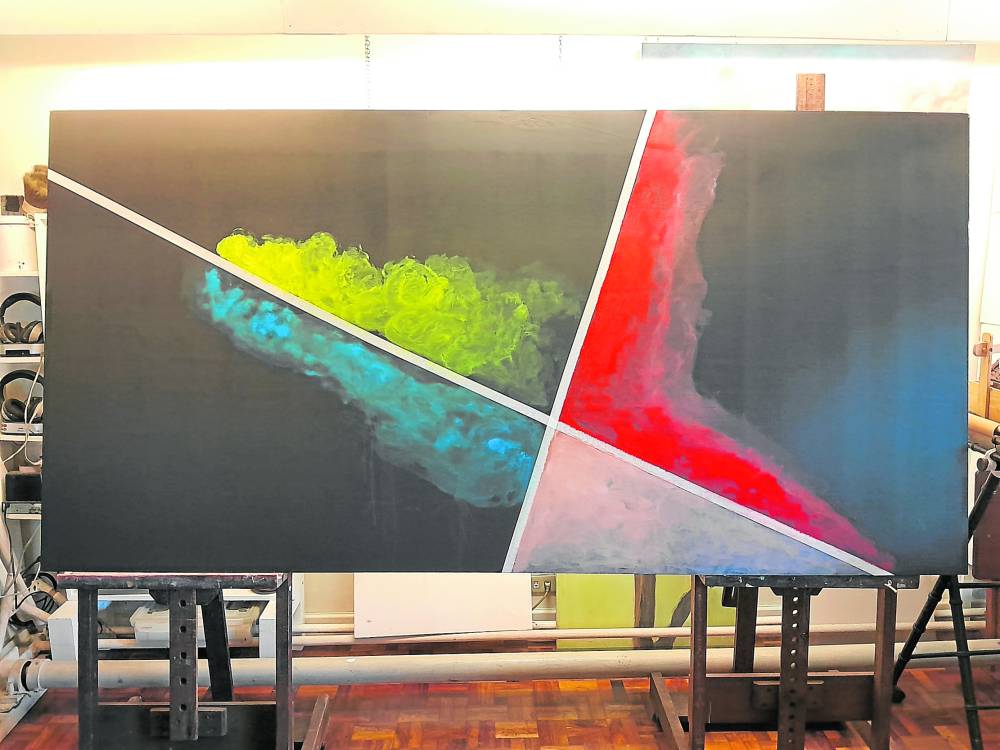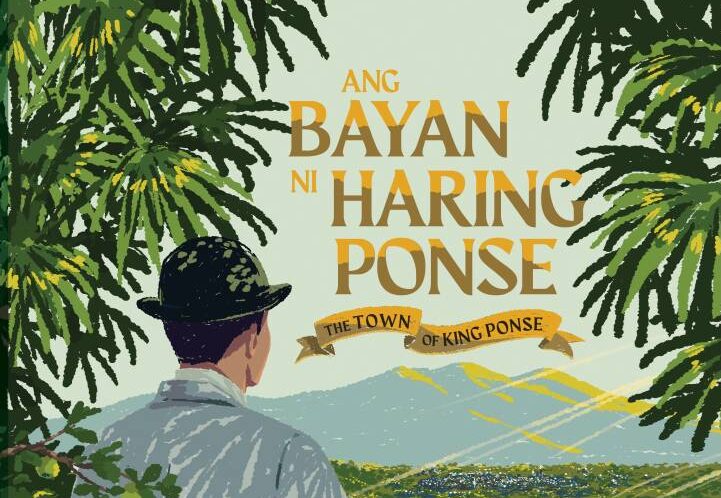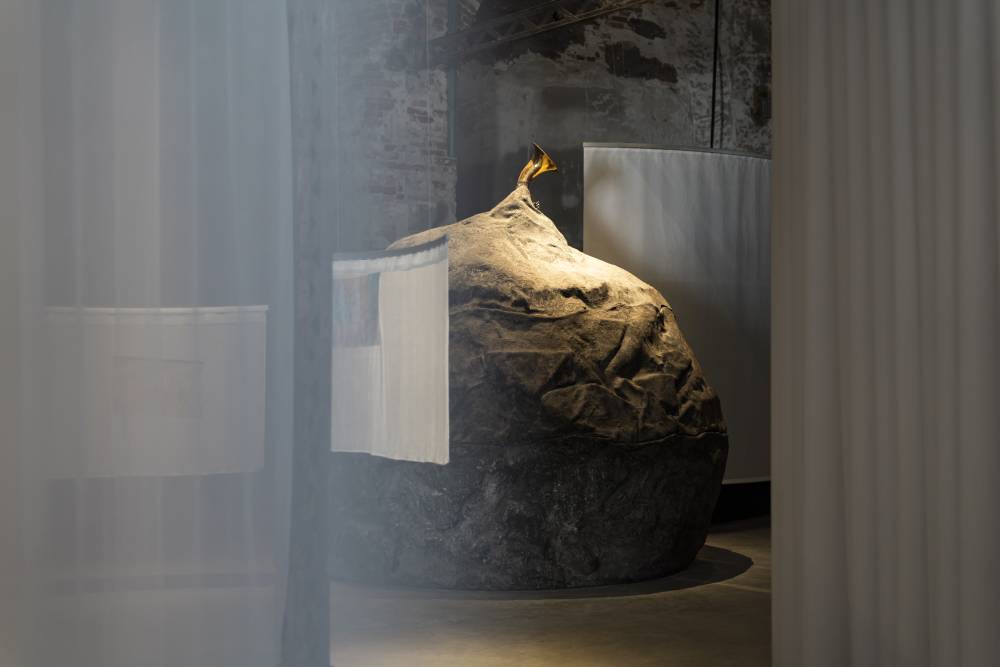
The sign that Philippine cinema has been experiencing another Golden Age could be seen from “44 Cineastas Filipinos,” the coffee-table book of photographs of Filipino filmmakers by Spanish photographer Óscar Fernandez Orengo.
Published by the Instituto Cervantes de Manila with assistance from AECID, the Spanish Agency for Cultural Cooperation, the book was launched recently by Spanish Ambassador Jorge Domecq, Instituto Cervantes de Manila director José Ma. Rodriguez, and National Artist for Literature F. Sionil José.
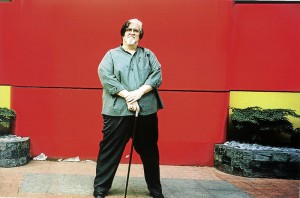
The importance of the book is suggested by Orengo himself: He refers to the remark made by Tikoy Aguiluz when the latter was asked to pose for the Spanish photographer. “I have waited for many years for someone to come up with the same idea as you have had,” the Filipino director and founder of the Cinemanila international film festival is quoted as saying. “I had never imagined that it would come from so far a place.”
“So far a place” is, of course, Madre España. But better far than never. As it is, “44 Cineastas Filipinos,” since it’s published by a European cultural powerhouse, reaffirms the new coming of age of Philippine movies in the global cinema.
Orengo himself had shot an earlier series on Spanish filmmakers, collected in a book published by Instituto Cervantes of Madrid and distributed to the various Spanish cultural centers around the world. The same broad circulation should be enjoyed by the book on Filipino filmmakers.
It was, in fact, his 2008 visit in Manila when he opened an exhibit of the Spanish photographs at the Instituto Cervantes in Ermita, Manila, that became the germ of his newest book. A cinephile, he had heard of Filipino movies wowing film festivals in Europe, so he decided to embark on a new project: to photograph his favorite Filipino filmmakers in their own environment.
Chance
“I asked Filipino directors to propose a place or a nook that could be the starting point of my search for the exact angle from where I could execute the portrait,” he writes in the book. “Chance is oftentimes necessary in revealing what the most realistic frame is. Intuition, and it must be admitted, the heart, would guide you in this quest.”
Perhaps because Orengo had been able to photograph his subjects only around Metro Manila due to the paucity of time and resources, the filmmakers appear in a largely urban milieu: even Kidlat Tahimik does not appear in the backdrop of the Cordillera landscape and even less, the Baguio City where he lives that has become less of the City of Pines of old but more of the city of smog and galvanized iron sheets. But this is only proper, since most of our filmmakers are based in Manila and the Filipino indie movies that have made their mark in international cinema are set in the gritty and biting urban environment.
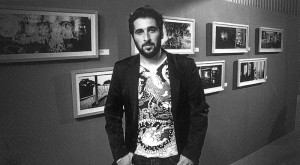
In fact, the best photographs situate filmmakers known for their scathing visions of the urban ecology in locales that could have been the settings to their representative movies: thus, an upward shot of Raymond Red set against electric posts and a tangle of electric wires that prefigure his urban short film “Anino” and feature “Himpapawid”; Tikoy Aguiluz, looking like a smooth operator character in one of his movies, outside a corner convenience store in the depths of the night, making a call in a telephone booth; Mario O’ Hara along Roxas Boulevard around twilight or dawn, looking like surveying the set of his last most notable movie, “Babae sa Breakwater,” shown in the Cannes’ Director’s Fortnight in 2004, the first Filipino movie to be so honored in 20 years; and Jim Libiran in Tondo with his real-life cast of Tondo street gangs and toughies in “Tribu.”
Most of the photographs don’t really capture the filmmakers in shots that cross-references their oeuvres; but they work because Orengo has the intuitive artistry that marries subject and meaningful image.
Eddie Romero

For example, the photo of National Artist for Cinema Eddie Romero had obviously been shot in his home since age has deprived him of his usual mobility; but amid the well-wrought carved dining chairs, the small aquarium in a corner, the TV set turned on and atop it, a kitschy blonde doll, the short perfectly sums up the incongruous but omnibus brilliance of his cinema: Romero would be identified as much by his serious cinema, especially the historical movie, “Ganito Kami Noon, Paano Kayo Ngayon?” as his Tagalog kiss-kiss, bang-bang movies and the Hollywood “sexploitation” B-movies he had made in the 1960s and early 1970s, in what was perhaps the precursor to today’s outsourcing industry.
Similarly, Clodualdo del Mundo Jr. is shot against the background of what appears a dockyard slum, perhaps researching a new screenplay he’s writing or even a new production he’s directing; José Javier Reyes is at home in a lowly pedicab, perhaps hatching one of his satires of social-climbing types that fill his movies; Joel Lamangan is set against the facade of the Quiapo church; Maryo J. de los Reyes is behind a statue near Fort Santiago along the Pasig, his smiling face mirroring the unfailing bright optimism of even his darkest movies; and rising indie filmmaker John Torres, his eyes obscured by shades, strikes a pose that’s both brash and whimsical, the characteristic pose of young artists his age eager to define their vision and idiom.
Camp master
But perhaps the most striking photo is that of camp cinema master Elwood Perez, wearing a barong Tagalog, sitting like a monarch amid outlandish Christmas lanterns, an angel of coquetry and flamboyance, if there was one.
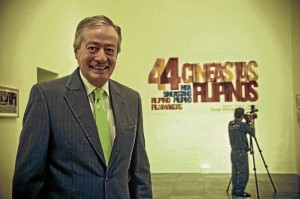
“I hope this book would at least bring to fore a cinema that possesses its own identity and language, a cinema without dogmas or adulteration,” writes Orengo.
The photographer, of course, puts it too mildly. In making a book of photographs on Filipino filmmakers, Orengo establishes the connection of Philippine cinema with the Spanish Siglo de Oro and the Latin American Novo Cinema. The global Golden Age has just begun.
The exhibit, “44 Cineastas Filipinos: Portraits by Óscar Fernandez Orengo,” is running at the Instituto Cervantes de Manila, 855 TM Kalaw St., Ermita, Manila. The book of photographs (with biographical sketches of the filmmakers by writer Shirley Lua) is also available at the Instituto Cervantes de Manila. Call 5261482 or visit https://manila.cervantes.es.

